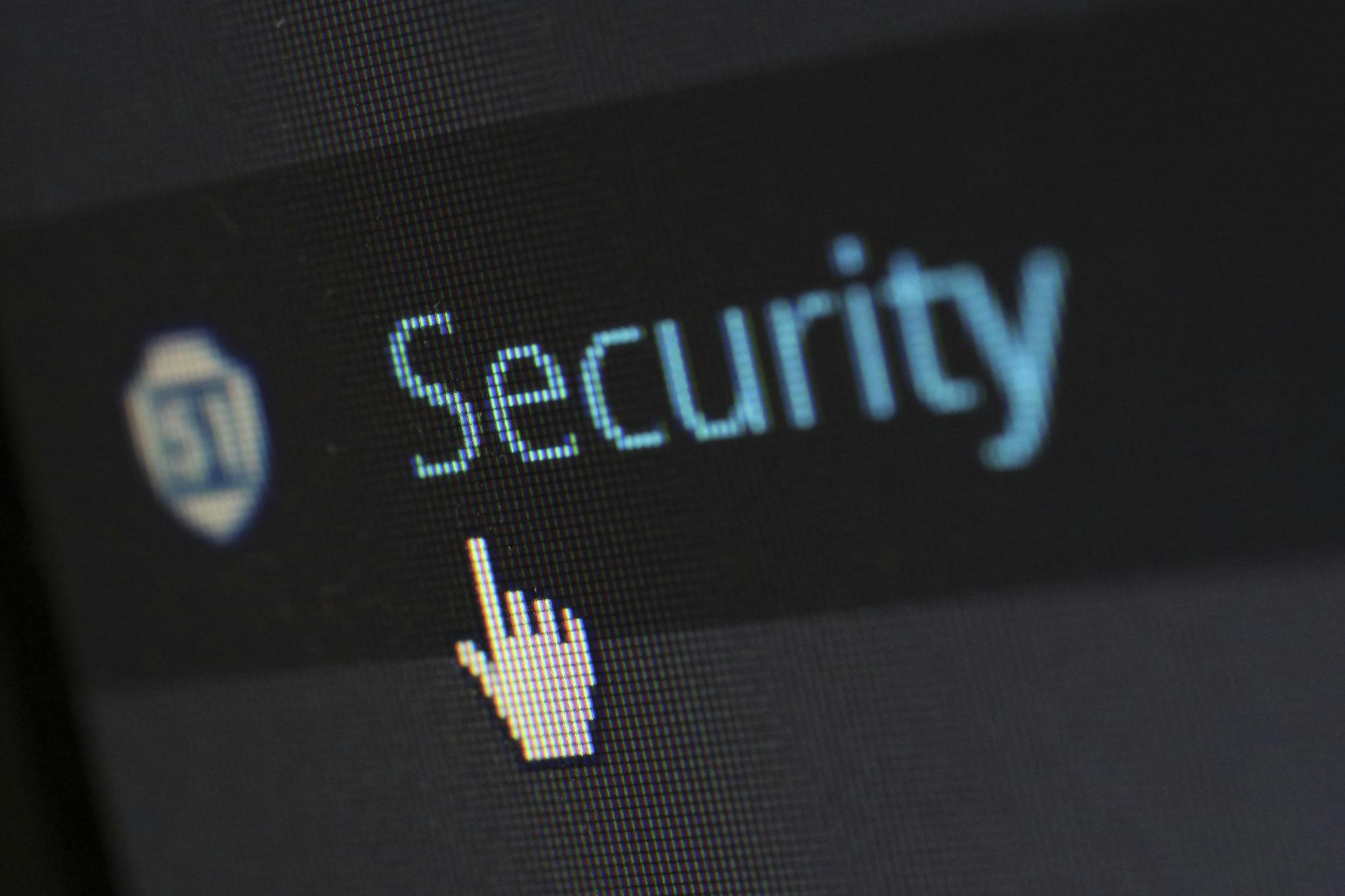
Multi-Factor Authentication: Your Digital Seatbelt in a World of Cyber Wreckage
Picture this: You’re sipping coffee, scrolling through emails, when suddenly—your bank account gets drained. No warning. No dramatic hacker montage. Just a password you reused one too many times. This isn’t a Netflix thriller; it’s Tuesday for someone who skipped multi-factor authentication (MFA).
I’ve spent 12 years in cybersecurity, and let me tell you—MFA is the closest thing we have to a “get out of jail free” card against 99% of attacks. But not all MFA is created equal. Some methods are about as useful as a chocolate teapot (more on that later).
What Exactly Is Multi-Factor Authentication?
MFA is like a bouncer for your accounts. Instead of just asking for an ID (your password), it demands two or more proofs that you’re really you. These fall into three categories:
- Something you know (password, PIN, secret question)
- Something you have (phone, security key, authenticator app)
- Something you are (fingerprint, face scan, retina pattern)
Fun story: I once watched a hacker weep (figuratively) when they cracked a CEO’s password… only to hit a brick wall with his YubiKey. That’s the power of proper MFA.
The Naked Truth: Why Passwords Alone Are Dead
If your security strategy is “strong password + prayers,” you’re essentially streaking through the internet. Here’s why:
| Risk | Password-Only | With MFA |
|---|---|---|
| Credential stuffing | Game over | Blocked |
| Phishing attacks | 80% success rate | Near zero (with hardware keys) |
| Data breach fallout | All accounts compromised | Only breached service at risk |
The SMS Debate: Convenient but Flawed
Yes, SMS-based MFA is better than nothing. But it’s like using a screen door on a submarine. SIM swapping attacks have turned phone numbers into digital skeleton keys. In 2023, a crypto exchange lost $35M because an attacker social-engineered a customer’s carrier.
Pro tip: If you must use SMS codes, set up a PIN with your mobile carrier. It’s not perfect, but it adds friction.
2025 MFA Trends You Can’t Ignore
The future of authentication is getting weirder and smarter. Here’s what’s coming:
- Biometric burnout: After years of face/fingerprint scans, behavioral biometrics (how you type, hold your phone) will rise.
- AI-powered adaptive MFA: Systems will silently adjust security based on your location, device, and even typing patterns.
- Passwordless everything: Microsoft and Apple are already pushing passkeys hard. By 2025, “password123” might finally die.
Personal prediction: We’ll see the first major bank offering selfie-based video authentication (“Blink twice and say ‘falafel’”) within 18 months.
MFA Methods Ranked (From “Meh” to “Fort Knox”)
Not all authentication factors are created equal. Here’s my brutally honest tier list:
🥉 Bronze Medal: SMS/Email Codes
Better than nothing, but attackers love them. Only use for low-value accounts (Netflix, not your email master key).
🥈 Silver Medal: Authenticator Apps (Google/Microsoft Authenticator)
My daily driver. No cellular dependency, and codes refresh every 30 seconds. Bonus: Authy lets you sync across devices (controversial but convenient).
🏆 Gold Medal: Hardware Security Keys (YubiKey, Titan)
The VIP section of MFA. Phishing-proof and durable enough to survive a washing machine (tested personally). Ideal for email, banking, and work accounts.
FAQs: Your MFA Questions, Answered
Does MFA make logging in a nightmare?
Only if you set it up wrong. Use a password manager + authenticator app combo, and you’ll barely notice it after setup.
What if I lose my security key/phone?
Always set up backup methods (printed recovery codes, secondary devices). I keep emergency codes in a sealed envelope with my will—morbid but effective.
Can MFA be hacked?
Technically yes (see: MFA fatigue attacks), but it’s like worrying about shark attacks while driving. The risk reduction is massive.
Final Word: Your Action Plan
Here’s your homework (don’t worry, no pop quiz):
- Enable MFA everywhere—especially email (it’s the skeleton key to your digital life)
- Ditch SMS where possible—upgrade to authenticator apps or security keys
- Be recovery-ready—backup codes in two physical locations
Remember: Cybersecurity isn’t about being perfectly secure—it’s about being annoyingly secure enough that hackers move on to easier targets. Now go forth and double-lock your digital doors.
Got MFA horror stories or genius setups? Hit reply—I read every reply (and might feature your tip in my next guide).
Related: AI for scientific research
Related: Best gaming cooler 2025
Also read: Amazon
Also read: OpenAI



Pingback: ai chat - previewkart.com